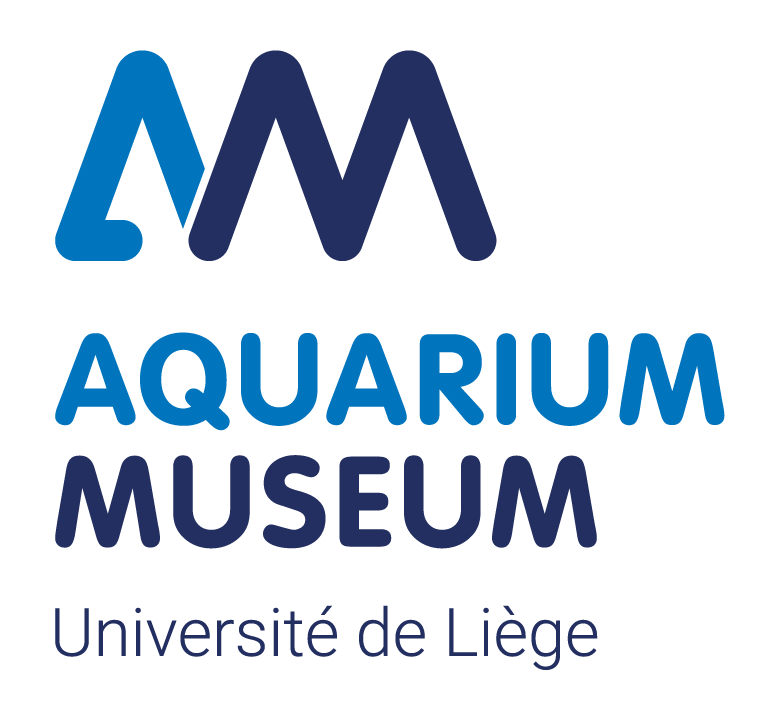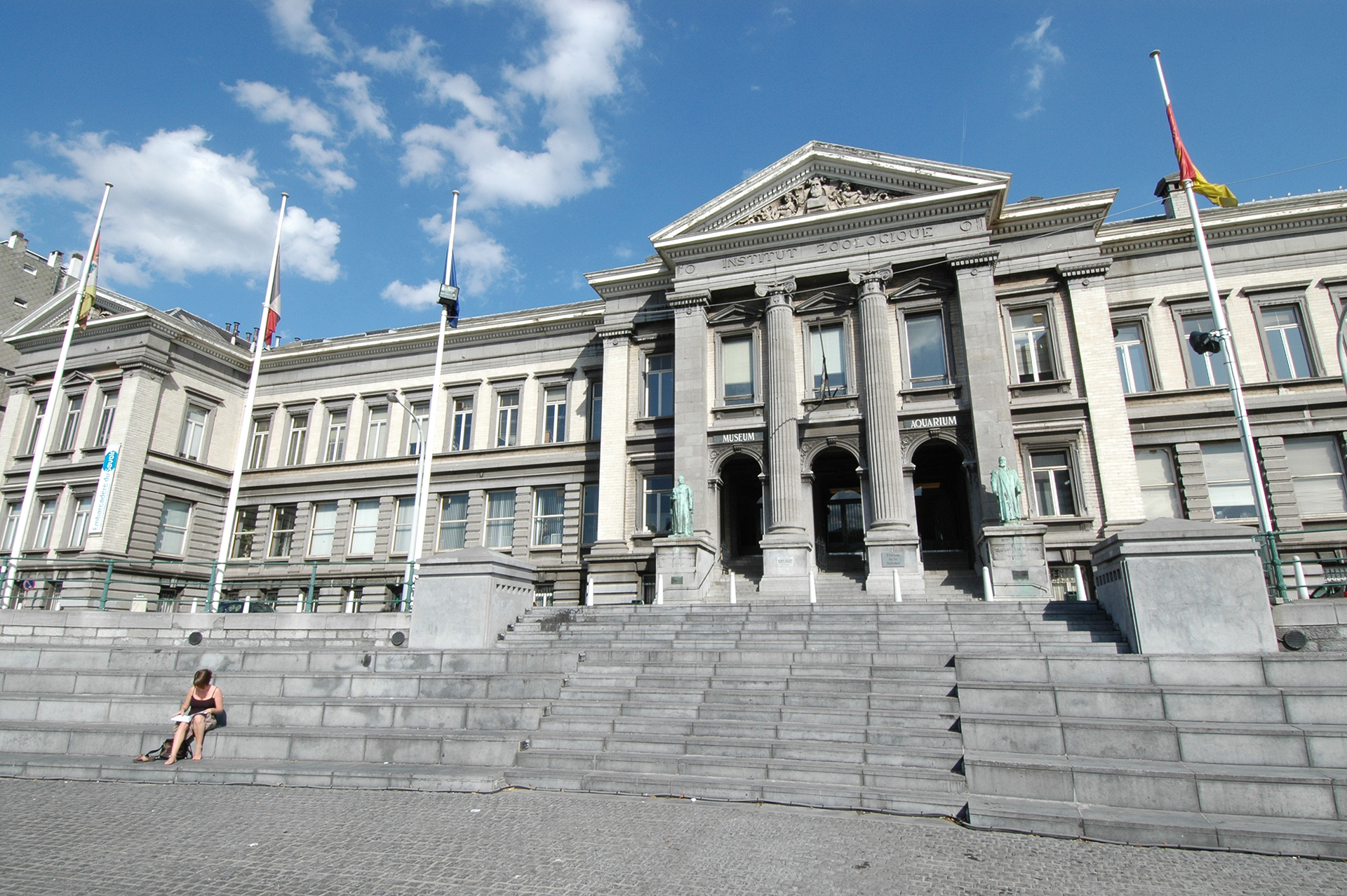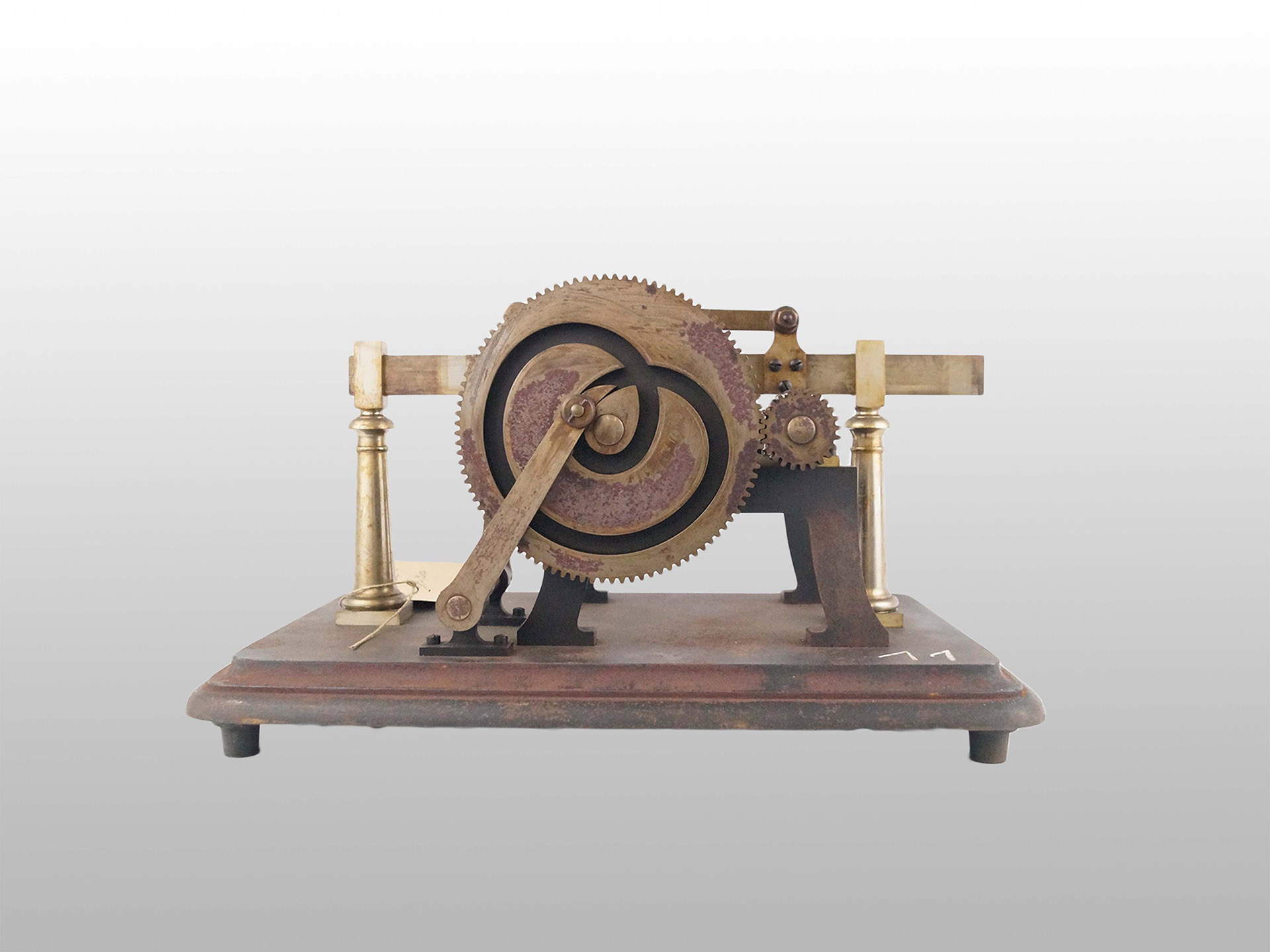Aquarium-Muséum of the University of Liège
Fancy spending some quality time with the family and marvelling at the wonders?
Come and visit the Aquarium-Muséum in Liège! A day full of discoveries in an ideal place to learn and have fun.
- The Aquarium is divided into three areas:
The Biodiversity room: with its different pools, it offers an immersive journey through a wide variety of aquatic species from different biotopes.
Sharks and coral reefs: In this 60,000-litre tank, you can admire our two Wobbegongs, a pair of carpet sharks that like to camouflage themselves in the decor of their tank. There's also a reef aquarium with colourful corals, while the tropical lagoon is a large tank to be admired ... from above!
In a resolutely Amazonian atmosphere, terrariums and aquariums reveal the terrestrial and aquatic species of a complex ecosystem.
Educational fact sheets and the Fishipedia virtual encyclopaedia help visitors learn more about our different specimens.
- Activities every Saturday and Sunday afternoon:
A scientific animator, equipped with his mobile observation table, opens the doors to an enigmatic and captivating universe. It's a chance to explore our aquatic world and discover the special characteristics of the aquarium's precious specimens.
- The TréZOOr room:
This permanent museum space traces the history of the Institution and, through the ‘Treasures of the Zoological Heritage’, that of the natural science collections of the University of Liège since 1817. The art of taxidermy, the naturalisation of specimens, is widely illustrated, with comparisons between ancient and modern methods.
It also presents the ULiège's wax animal models, which are remarkable morphological specimens of zoology, anatomy and embryology. This fine, precise work made it possible to show enlarged structures that were too small to be observed. Most of the wax collections have been destroyed over time, so these models are now rare and precious.
Not forgetting the exceptional Blaschka collection, remarkable works of art in glass created in the 19th century by Bohemian glassmakers Leopold Blaschka and his son Rudolf. These subtle, meticulously detailed botanical and zoological reproductions are breathtaking works of art, both beautiful and precise, and of considerable scientific value, being used for educational and research purposes.
A combined offer for maximum discovery: your admission gives you access to the Maison de la Science and the different areas: the temporary exhibition room, the Planetarium, the Botany and Evolution Galleries.
Please note: reservations are compulsory on the 1st Sunday of the month.

- T. +32 4 366 50 21
- Quai Édouard Van Beneden 22 - 4020 Liège
- www.aquarium-museum.be
- aquarium@uliege.be
Plongez au coeur des océans à travers l'exposition photo Seeking Sanctuary for Sawfish, consacrée au poisson-scie. Un rendez-vous avec l'écologie à ne pas manquer à l'Aquarium-Museum de Liège.
Découvrir et protéger le milieu du poisson-scie
Avec l'exposition Seeking Sancturary for Sawfish, l'Aquarium-Museum de Liège vous plonge au cœur de 2 sanctuaires vitaux : les écosystèmes préservés d'Andros aux Bahamas et les eaux protégées des Everglades en Floride. À travers les objectifs de Michael Scholl, Olivier Born et Matthew Potenski, découvrez le travail héroïque des scientifiques qui se battent contre la montre pour sauver le poisson-scie à petites dents, une espèce extraordinaire aujourd'hui menacée d'extinction.
Des images à couper le souffle documentent les chercheurs pataugeant dans les hauts fonds, capturant délicatement ces géants marins pour les étudier. Chaque photographie révèle l'urgence : moins de 5 000 adultes survivent dans la nature. Les jeunes poissons-scies, photographiés dans leurs nurseries de mangroves, dépendent entièrement de ces refuges naturels menacés par le développement côtier.
Découvrez ces sanctuaires sous-marins pour mieux comprendre pourquoi la protection du poisson-scie est non négociable pour l'équilibre de nos océans.
Une exposition photographique exceptionnelle, présentée par la Fondation Save Our Seas.







